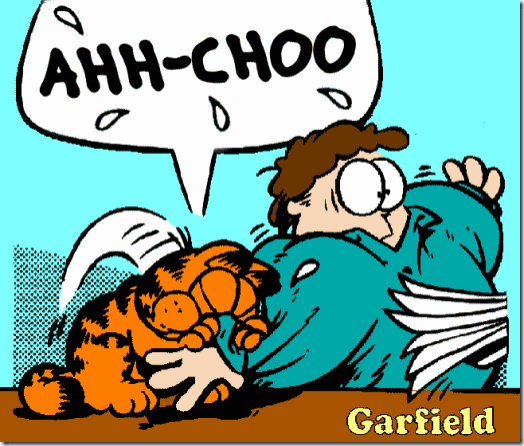After that story about the Chinese authorities cracking down and bad driving, right on cue comes a story from the UK to illustrate why we ought to be taking the problem a little more seriously as well.
Kelly Spencer was banned from driving as a result of a 40 mile journey at around 1.50pm in the afternoon, which saw her weaving across 3 lanes of traffic. Other cars were having to brake and dust was being thrown up as she careered along the M5 near Exeter. Police in an unmarked car had to keep other motorists back. At one stage, she nearly missed a junction and narrowly avoided the barrier. She eventually failed to corner properly on a minor road and ended up in a driveway.
She blamed being tired.
Her defence claimed she was exhausted after caring for her sick child and hadn’t realised how tired she was and how badly she was driving.
In my opinion, they always use the emotional card in court – if it isn’t a sick child it’s being pregnant, or splitting up with a partner.
Fortunately, the judge is one of the few still of this earth, and he wasn’t having any of it:
Judge Erik Salomonsen told the defendant: “The circumstances are almost incredible that anyone could have driven in such a condition and not realised.”
Yes, they are incredible. Almost as incredible as the excuses, and the additional “responsible job, good character, not been in trouble before” nonsense.
Even more incredible is the fact that Spencer had travelled with her husband to Somerset to pick up a new car. She drove the new car, and he the old one. It was during the journey back that the incidents described happened. You’d have thought he might have noticed something, wouldn’t you? But he was “unaware” of events.
The only problem is she has been banned for a paltry 18 months. This where the Chinese have the right idea with lifetime bans.
Someone who is unable to identify that they are too tired to stand up should never be allowed near a car again.
I’ve been tired in the car on motorways before, and one thing I do know is that once you have to start thinking again on minor roads (or the busy motorway), you wake right up. It is the motorway at night which is the biggest problem – when it is quiet. It’s then that you get off and get some fresh air and something to drink (of find somewhere to sleep).
You’d have to be almost comatose for it to happen in the daytime, on a weekday afternoon. So much so that you probably wouldn’t be able to even open the car or get in it!
 This
This  This is hot news at the moment. The
This is hot news at the moment. The 